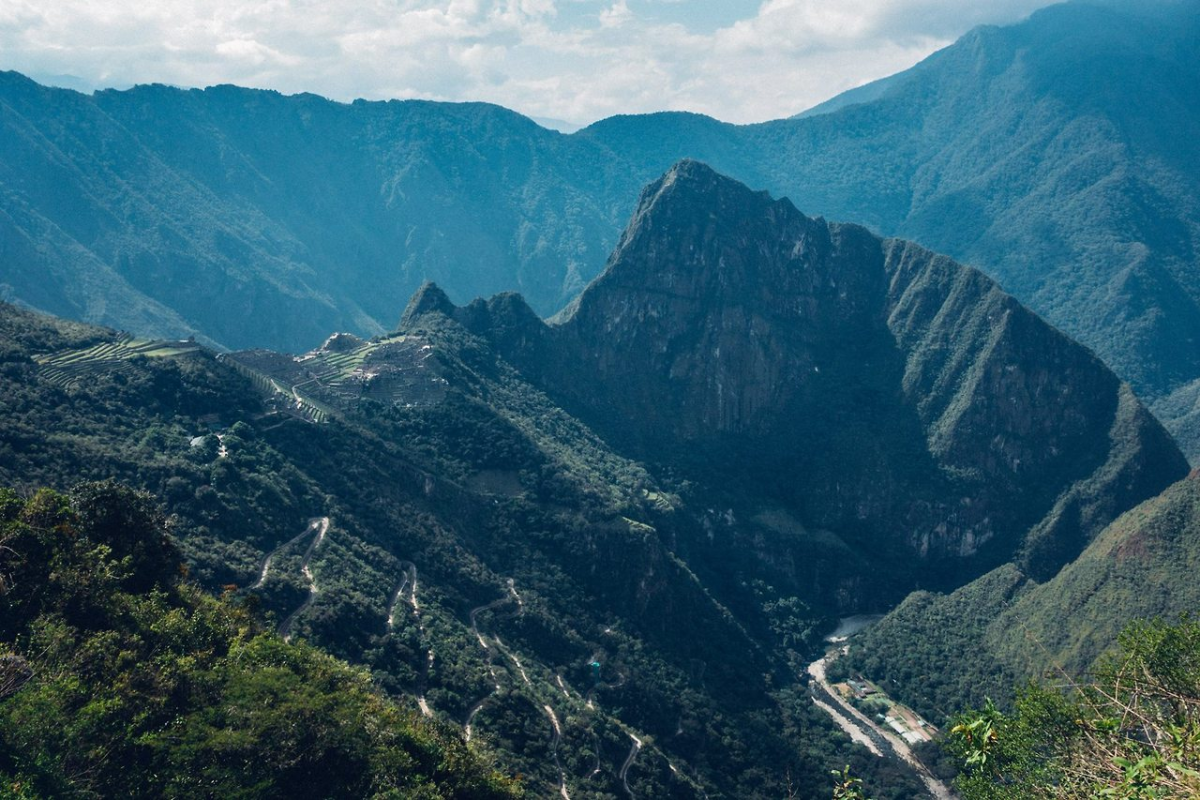Night
7 Tips for Shooting the Milky Way in Colorado
One of my favorite photography challenges of late is catching the Milky Way. Whether we’re backpacking or I’m sitting outside the camper at night (YEAH RIMBY), I love to look and see what the conditions for shooting are like.
We happened to have some pretty great luck while outside of Aspen the other week. I set an alarm for 12:30, popped outside of the tent and the sky was perfect, so I bundled up and headed outside – camera in tow. Shout out to Devin to lighting up the tent with a flashlight!

For all the beginners, just figuring out their DSLR – or wanting to get into astrophotography, here are some helpful hints to get you started!
1: Look for a dark night and dark location. You don’t want to shoot with a big moon… You also don’t want to have a ton of light pollution. You shouldn’t shoot in your neighborhood with street lights or close to city lights. You want the stars to be the focus.

2: Timing is everything. I like to check this site to see the moon cycle (you want the moon to be small) and PhotoPills is a great tool for location where the Milky Way will be at a specific time and location. You can also judge when it will rise by going out the night before…
3: Make sure you have the right equipment. DSLR, wide lens and tripod! Don’t forget a headlamp. It makes adjusting camera settings in the dark easier!

4: Learn how to use manual focus on your lens, and your manual settings! I like to start with the settings of a 30” shutter speed, ISO of 1600 and fstop of 2.8 and then adjust from there. My lens of choice is a Canon 16-35mm.
5: Set your camera on a timer. You don’t want to release the shutter with your finger because the movement will affect your image and make it blurry!
6: Shoot in RAW! Period.
7: Lastly, have fun! Learn to paint with light.. Find the stars! You don’t have to go to an epic location to shoot the Milky Way – it’s cool in and of itself!





